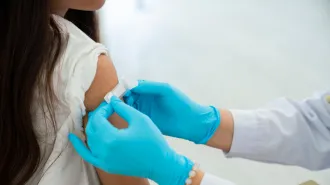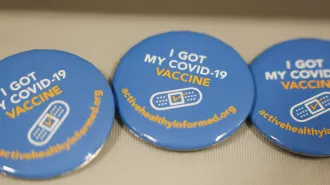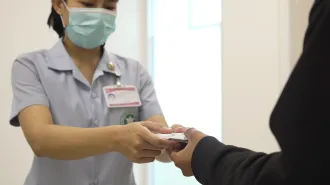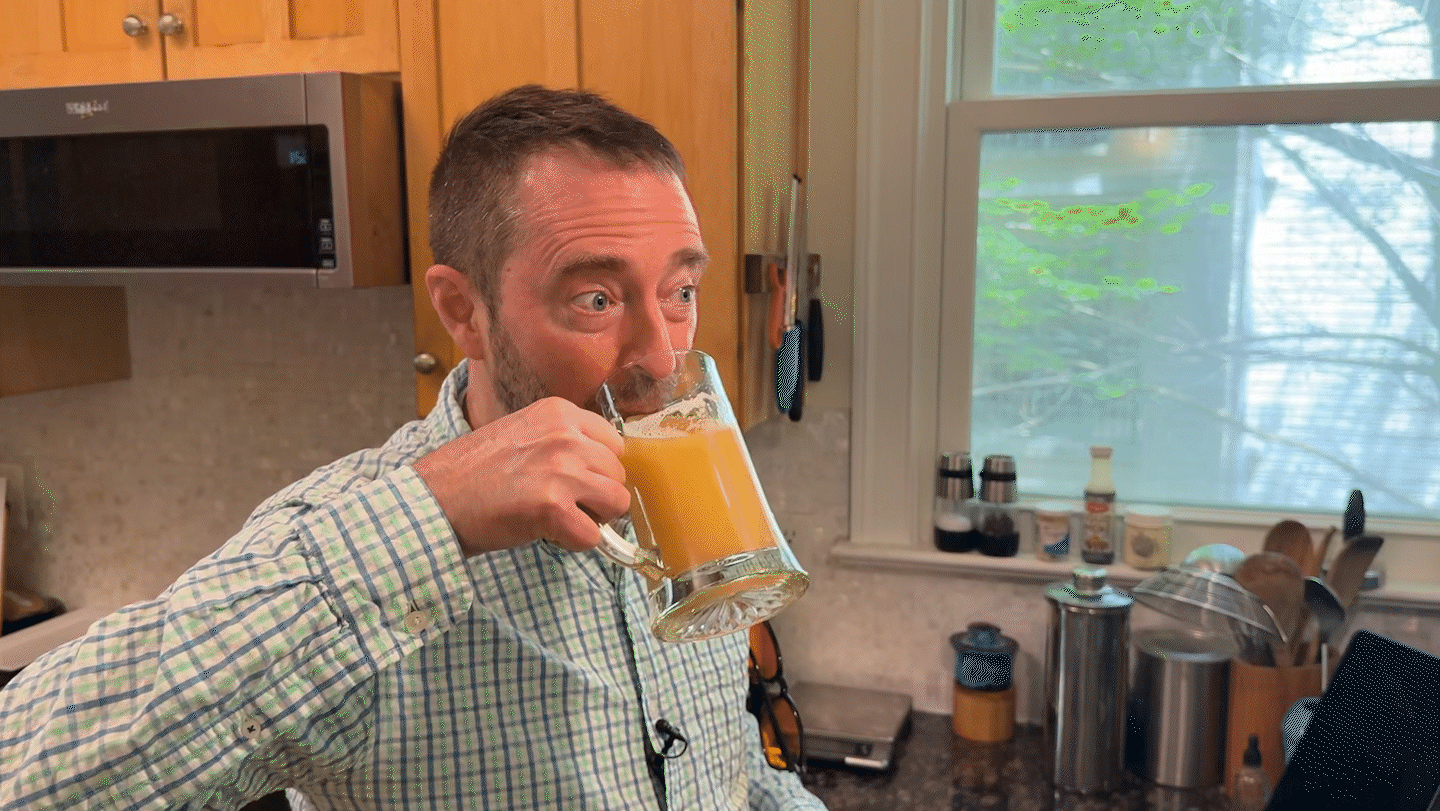An injected gel could make drugs like Ozempic last longer
Less frequent dosing of GLP-1 drugs would be easier for patients
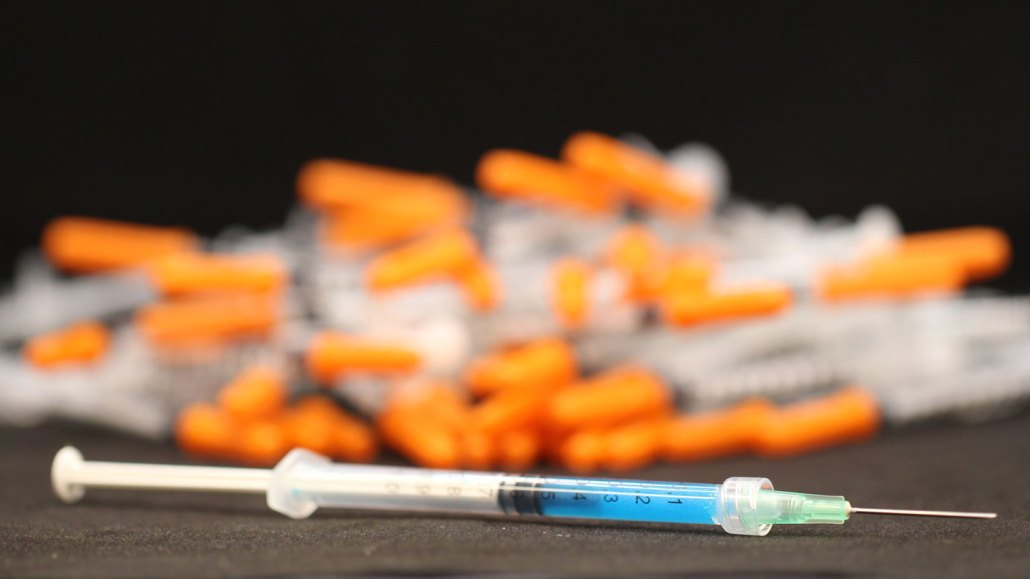
A hydrogel (blue) mixed with weight loss drugs could one day give patients a long-lasting treatment option, replacing the need for weekly injections.
Andrea Ivana d'Aquino
An unusual way to deliver drugs gives new meaning to the term “Jell-O shot.”
Injected into rats, a water-based gel mixed with the key ingredients in Ozempic or Mounjaro offered long-lasting diabetes treatment, scientists report July 5 at bioRxiv.org.
People currently taking the medications, called semaglutide and tirzepatide, typically dose themselves with a once-weekly injection. However, less frequent dosing, say once every three months, would be easier for patients, says Eric Appel, a materials scientist and bioengineer at Stanford University. “You’re moving from 52 shots a year to four.”
With fewer shots, more patients might be comfortable using the medications, says Kai Jones, an endocrinologist at Washington University in St. Louis who was not involved in the study. “For some folks who have needle aversions or are concerned about the injections, it would make a big difference.”
Semaglutide and tirzepatide belong to a popular and growing class of GLP-1 drugs approved for diabetes and weight loss. Recent studies suggest they may offer a hodgepodge of other health benefits, too, but many people have trouble staying on them. That could be due to factors including unpleasant side effects, cost or needle phobia.
The substance developed by Appel’s team requires fewer injections and may even reduce side effects by offering a consistent slow release of medication rather than a once-weekly blast. When injected into the body, the gel mixture acts like a drug depot, slowly delivering the correct dose of medication over time.
Called a hydrogel, the water-swollen substance is made of biodegradable polymers and nanoparticles. It’s kind of like the Jell-O you make at home, but with one big difference: It can self-heal. Instead of falling apart when squished, this hydrogel turns into fluid and then can rapidly reform into gel.
It’s molecular Velcro, Appel says. Like hooks catching loops, the polymers stick to the nanoparticles and form a gel. Applying stress to the gel, like forcing it through a syringe needle, peels the polymers off the nanoparticles, like ripping apart Velcro straps. That separates the gel components, letting them flow through the needle like water. When the gel leaves the needle, the stress is relieved, and the molecules fasten back together.
That means the material can gel up after it’s injected under the skin. “You want it to form a nice little blob,” Appel says. Like a sugar cube in water, “that blob is what slowly dissolves away over time. And as it dissolves, it releases the drug.”
The researchers mixed either semaglutide or tirzepatide with their gel and tested it in rats with symptoms of type 2 diabetes. A single dose of the mixture offered all the benefits of regular drug injections, including reduced blood glucose levels and weight loss, the researchers found. The hydrogel also kept drug levels steady in the body for six weeks, with no apparent ill effects on health. Gel components include a cellulose-based material already used in medications and a biomaterial that breaks down into lactic acid, a chemical present in our bodies.
Appel’s company, Appel Sauce Studios, has recently licensed the technology from Stanford and hopes to move it toward the clinic. The next steps involve evaluating the hydrogel-drug mixture in larger animals and trying to lengthen the time between injections.
While a lump of gel beneath the skin might sound unsightly or uncomfortable, if tested in humans, it would require just a milliliter of injected material — less than a quarter teaspoon. “It’d be totally invisible,” Appel says. “We don’t anticipate that people would even feel it.”
